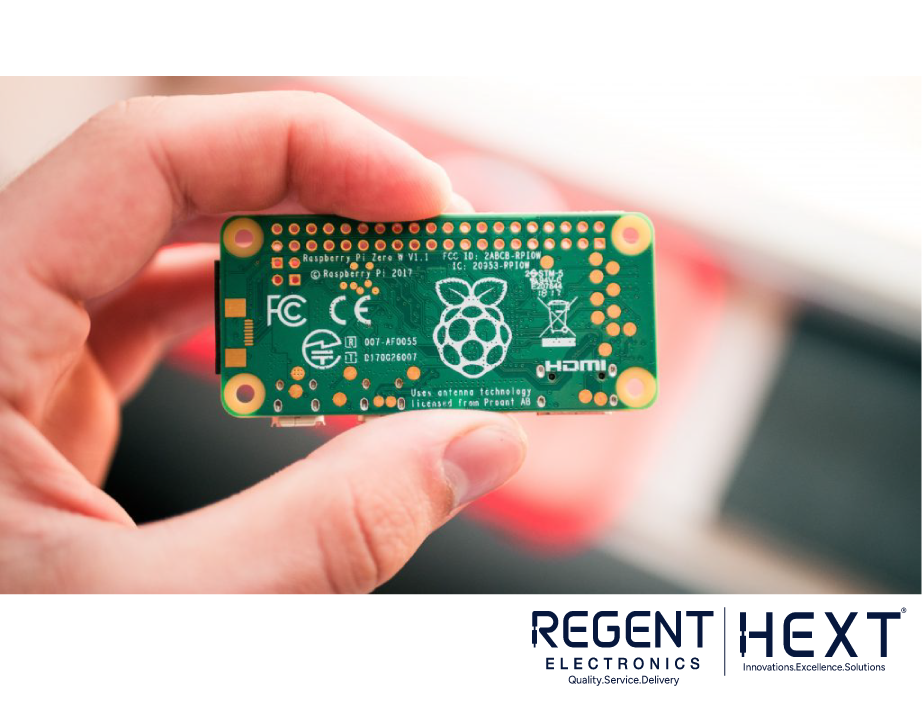
What is Raspberry Pi?
Introduction
Raspberry Pi is a compact, single-board computer designed to be affordable and accessible to everyone. Whether you are a beginner or an advanced user, this device offers endless possibilities for learning programming, developing projects, and experimenting with hardware integration. In this article, we will explore the basics of Raspberry Pi, its features, and its applications.
What is Raspberry Pi?

Raspberry Pi is a low-cost, credit card-sized computer that connects to a monitor, TV, or wirelessly to a laptop. It supports USB keyboards and mice, making it easy to operate just like a regular computer. This innovative device was developed with the goal of making computing and programming accessible to everyone without the high costs associated with traditional PCs.
With Raspberry Pi, you can browse the internet, watch HD videos, create spreadsheets, play games, and much more. It is widely used in educational settings, DIY electronics projects, and professional applications.
Features of Raspberry Pi
- Affordable & Compact: A powerful computer available at a budget-friendly price.
- Versatile Usage: Can be used for web browsing, media streaming, coding, and electronics projects.
- GPIO Pins: Enables connection with external sensors, modules, and HATs to build interactive projects.
- Multiple Variants: Available in different models with varying RAM capacities and processing power.
Evolution of Raspberry Pi
The first Raspberry Pi was introduced in 2012 with a Broadcom BCM2835 processor, a single-core ARM CPU, and integrated GPU capabilities. Over time, newer versions were released, offering improved processing power, enhanced memory, and better connectivity options. The latest Raspberry Pi models, such as the Raspberry Pi 4B, come with up to 8GB RAM and significantly improved performance.
Raspberry Pi Boards

Raspberry Pi is available in multiple models, each catering to different needs:
- Raspberry Pi Zero: Ultra-small and low-power version for compact applications.
- Raspberry Pi 3B/3B+: Improved connectivity and processing speed compared to earlier versions.
- Raspberry Pi 4B: Offers up to 8GB RAM, USB 3.0, dual HDMI support, and enhanced networking capabilities.
Applications of Raspberry Pi
- Educational Purposes: Used in schools and universities to teach programming and computer science.
- Home Automation: Powering smart home devices and IoT applications.
- Media Centers: Running media servers such as Kodi for streaming content.
- Robotics & AI: Implementing AI-based automation and robotic control systems.
- Embedded Systems: Controlling sensors, motors, and other hardware components.
Can Raspberry Pi Replace a Desktop PC?
Although Raspberry Pi is a powerful and affordable computing device, it is not a complete replacement for traditional desktops or laptops. It cannot run full-fledged Windows operating systems (except Windows IoT Core), but it does support various Linux distributions like Raspbian, Ubuntu, and other lightweight OS options tailored for embedded applications.
Conclusion
Raspberry Pi is a revolutionary device that has transformed computing, programming, and electronics experimentation. Whether you are a student, hobbyist, or professional, this single-board computer provides an excellent platform for learning and innovation.
Did you find this blog helpful? Let us know in the comments if there’s anything specific you’d like to learn about Raspberry Pi!
Stay tuned for more updates from Regent Electronics!
